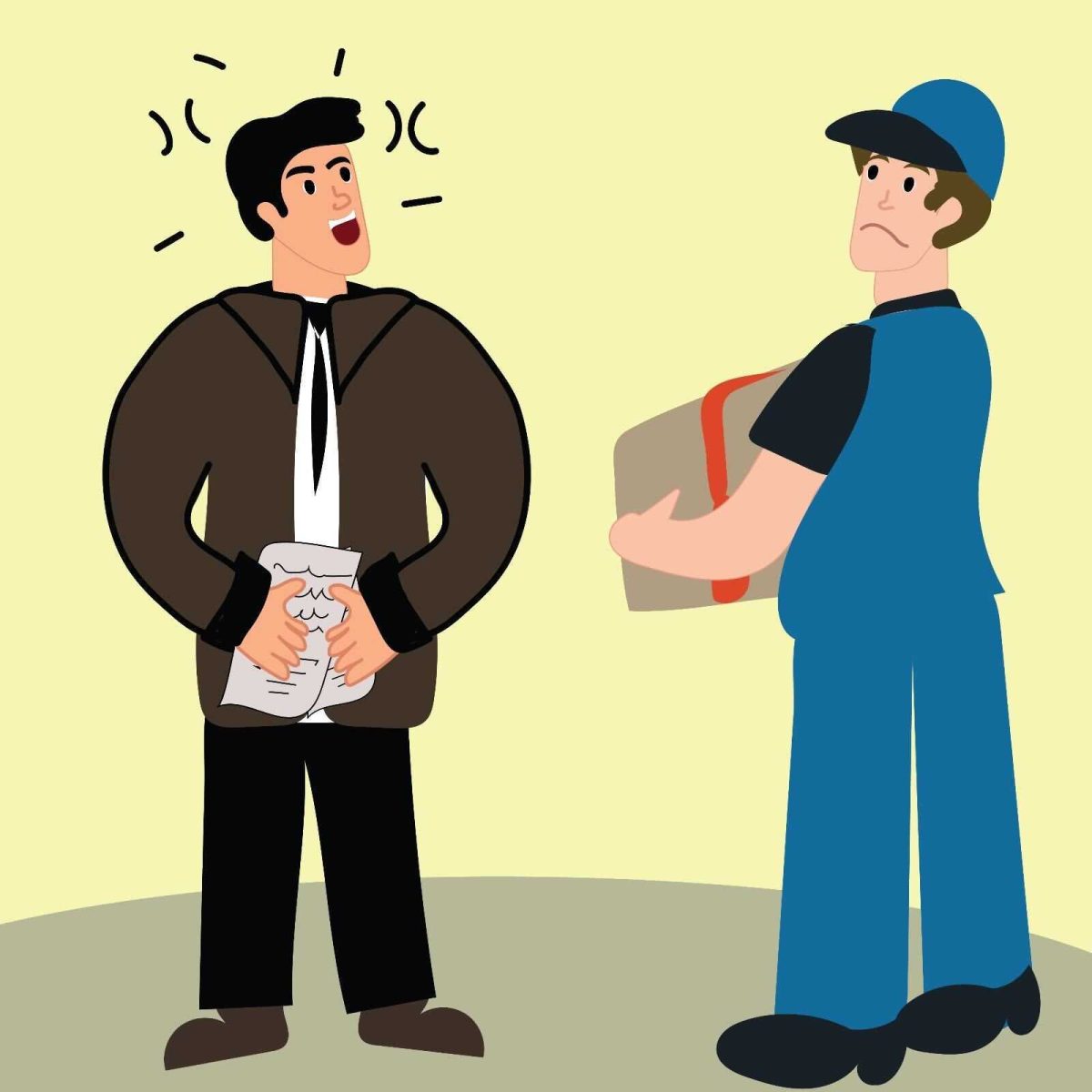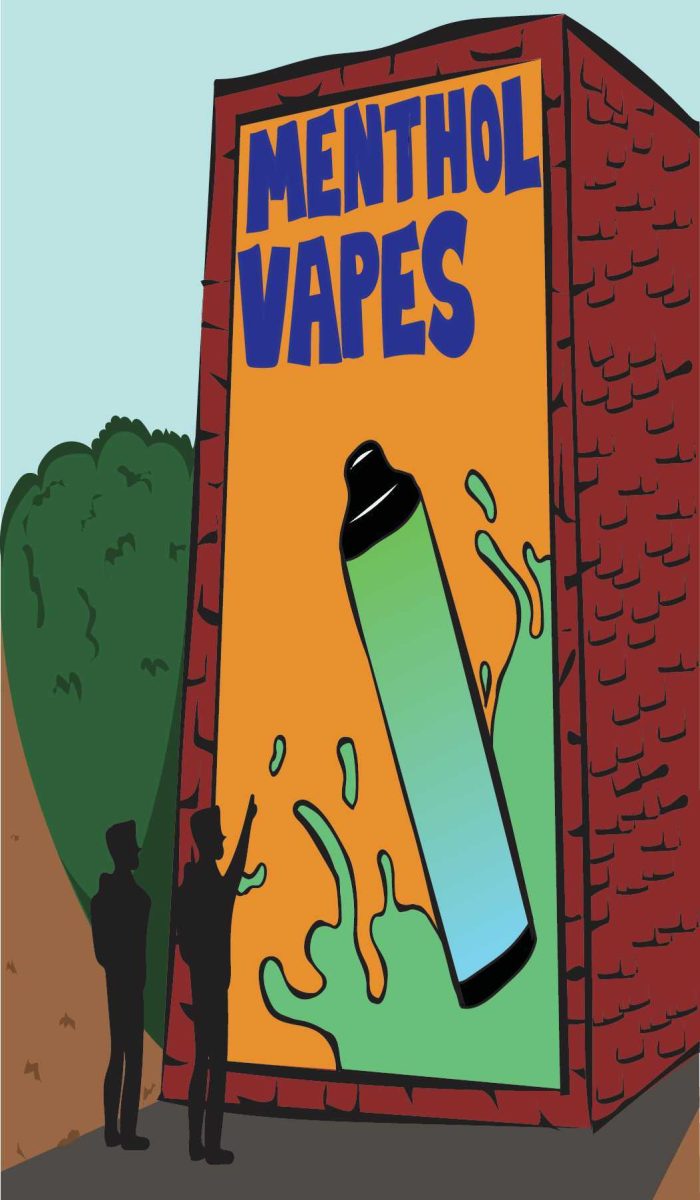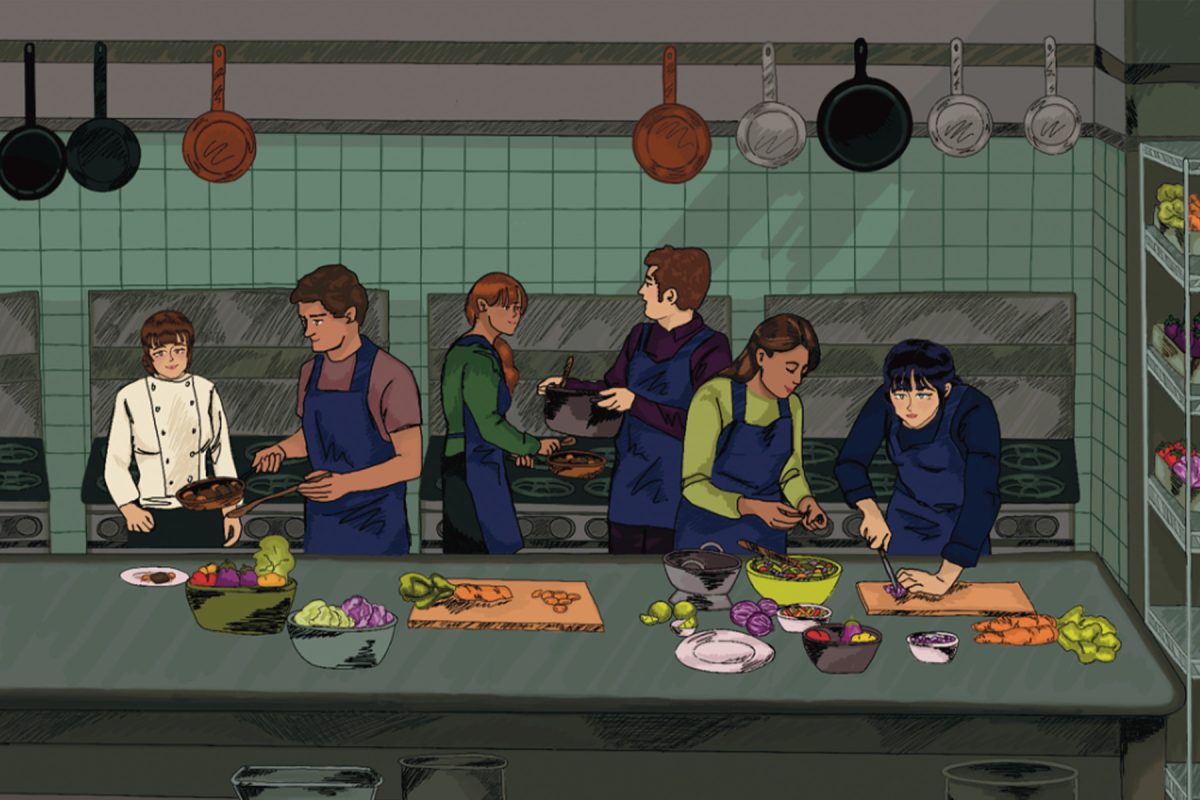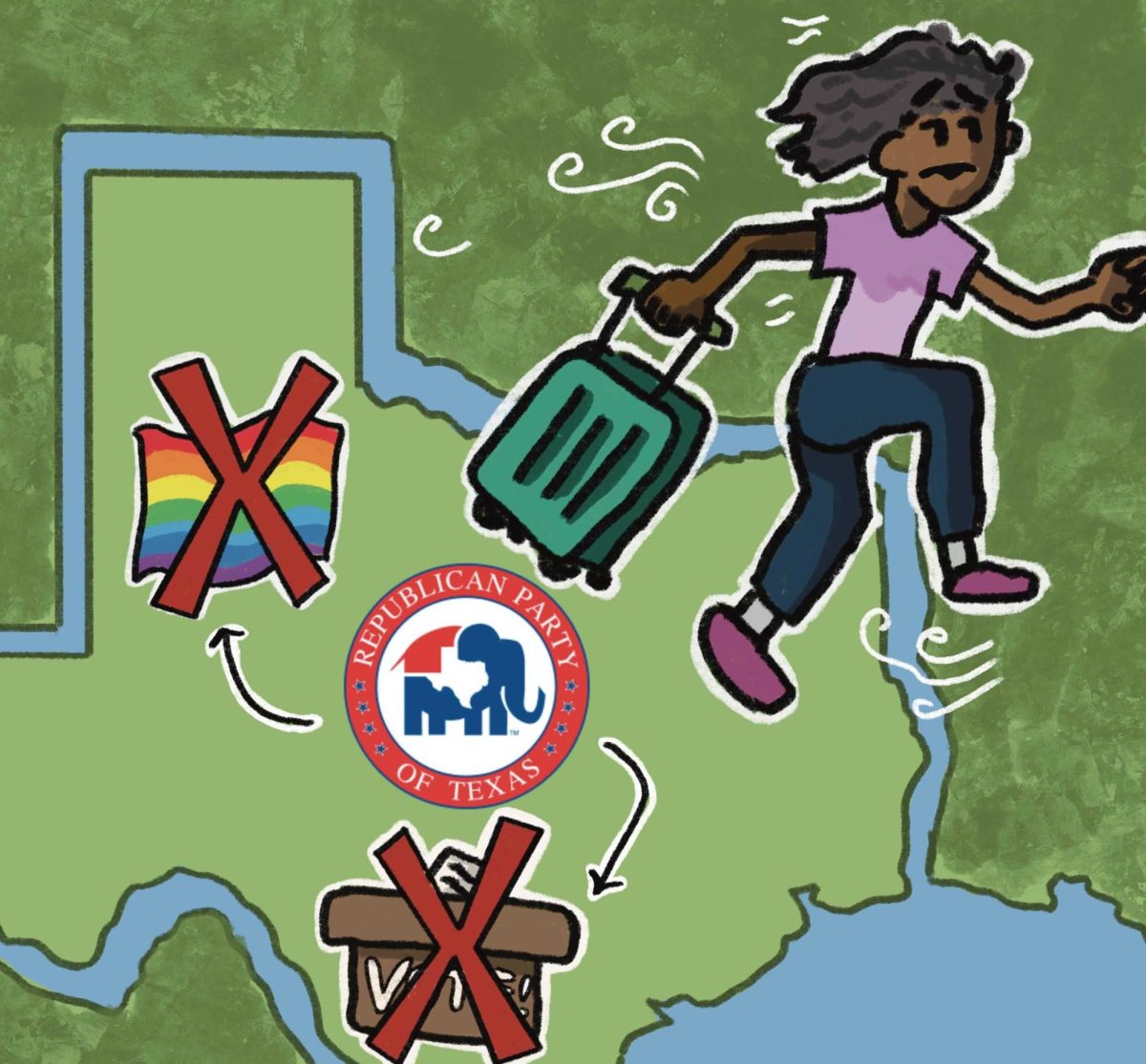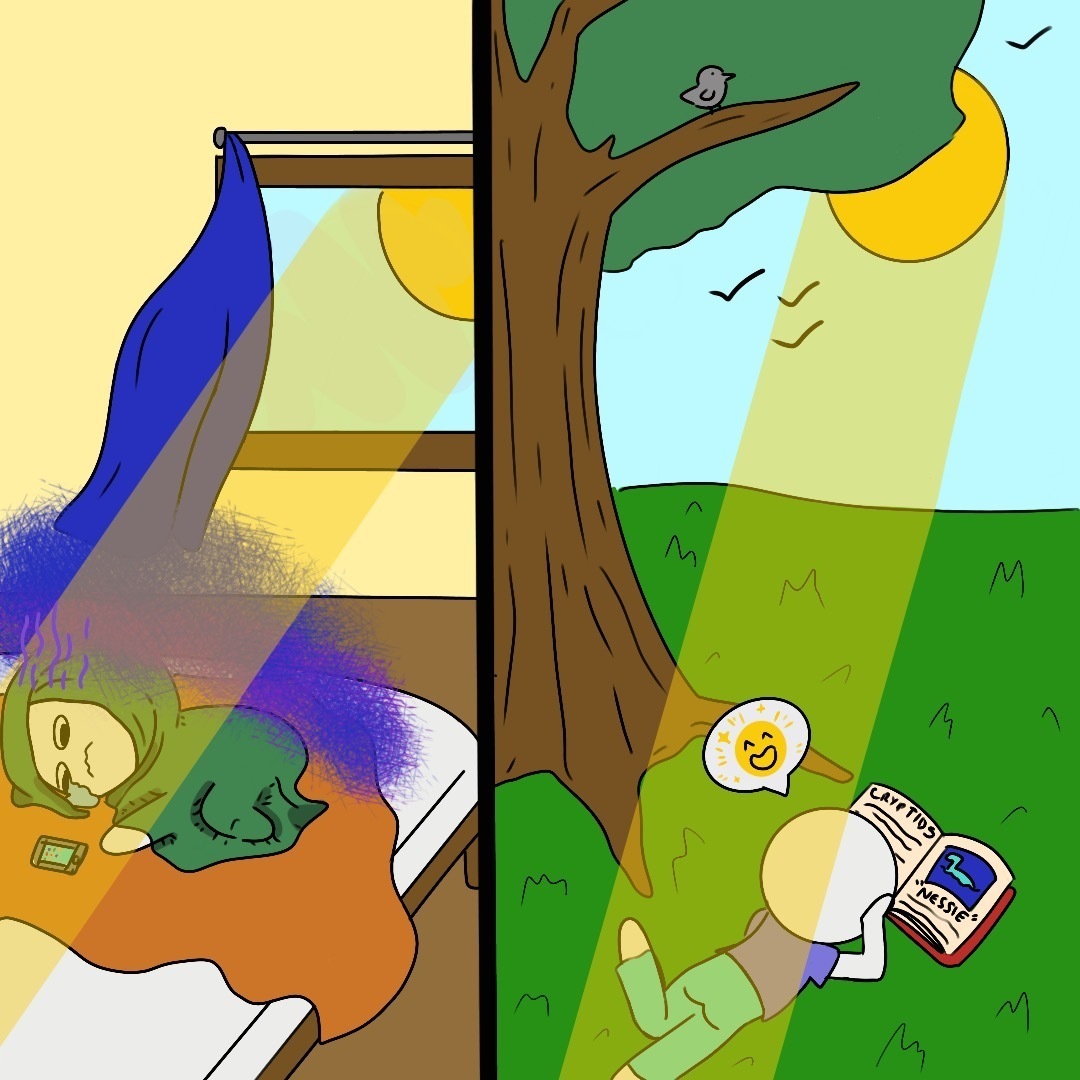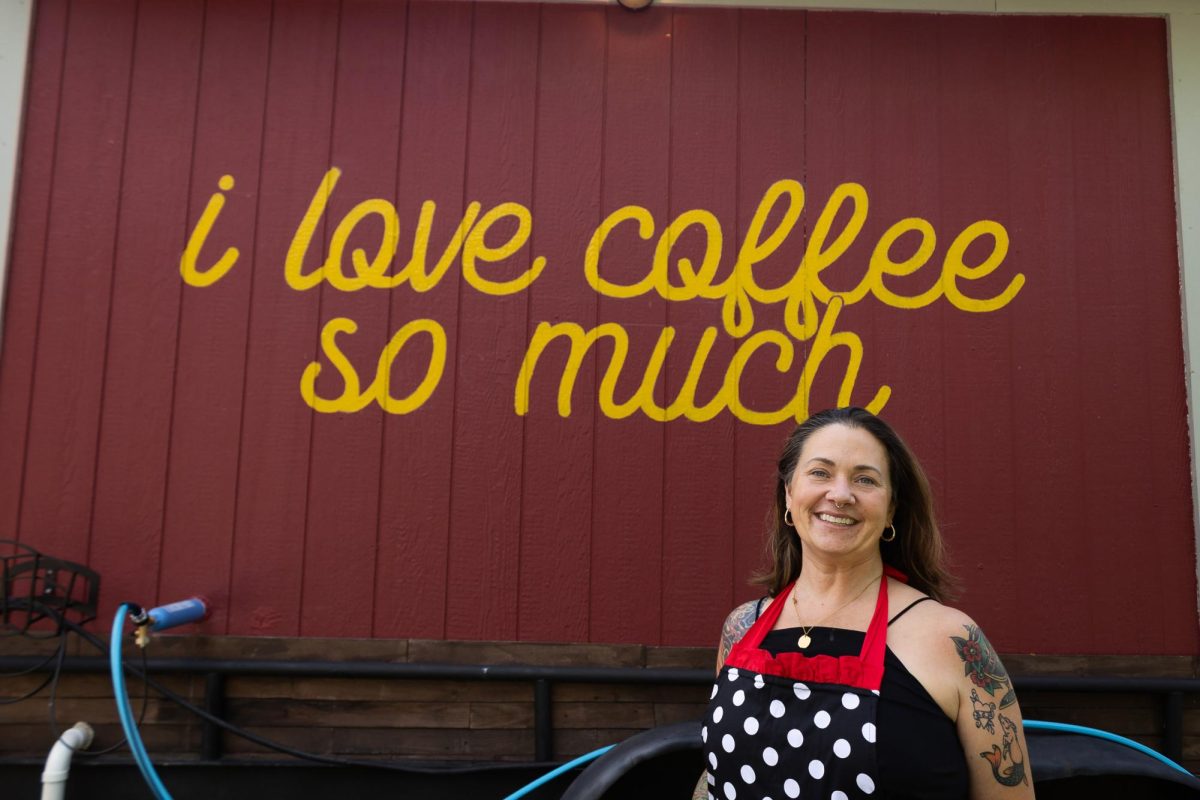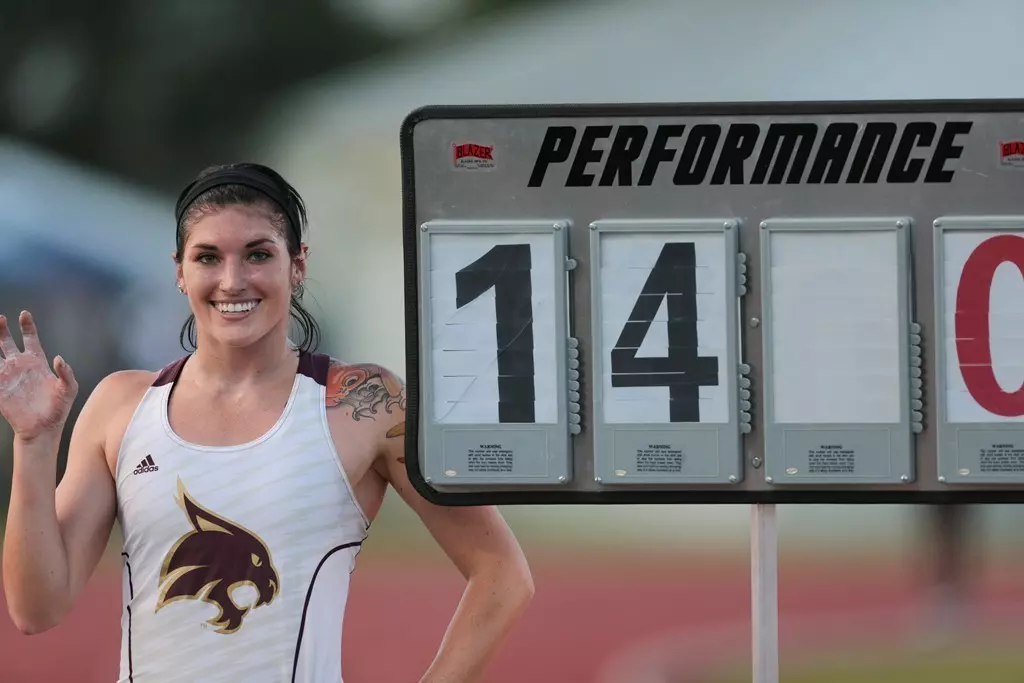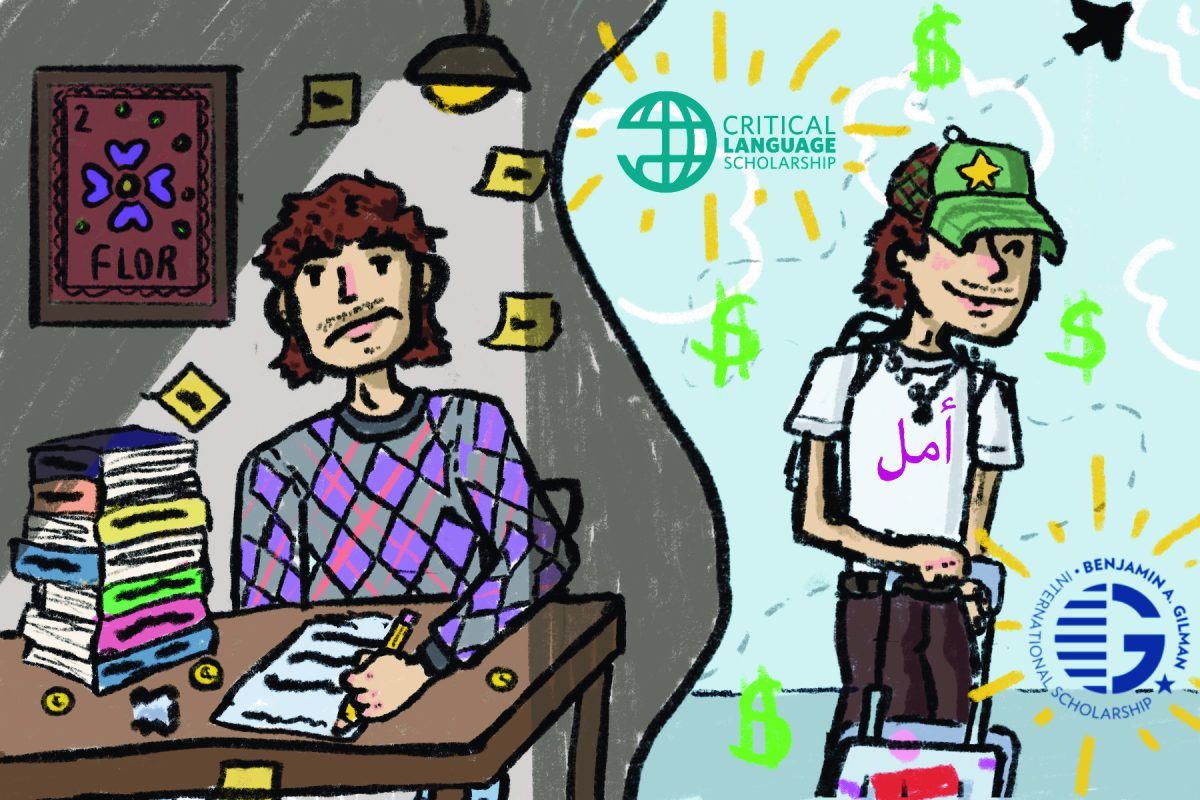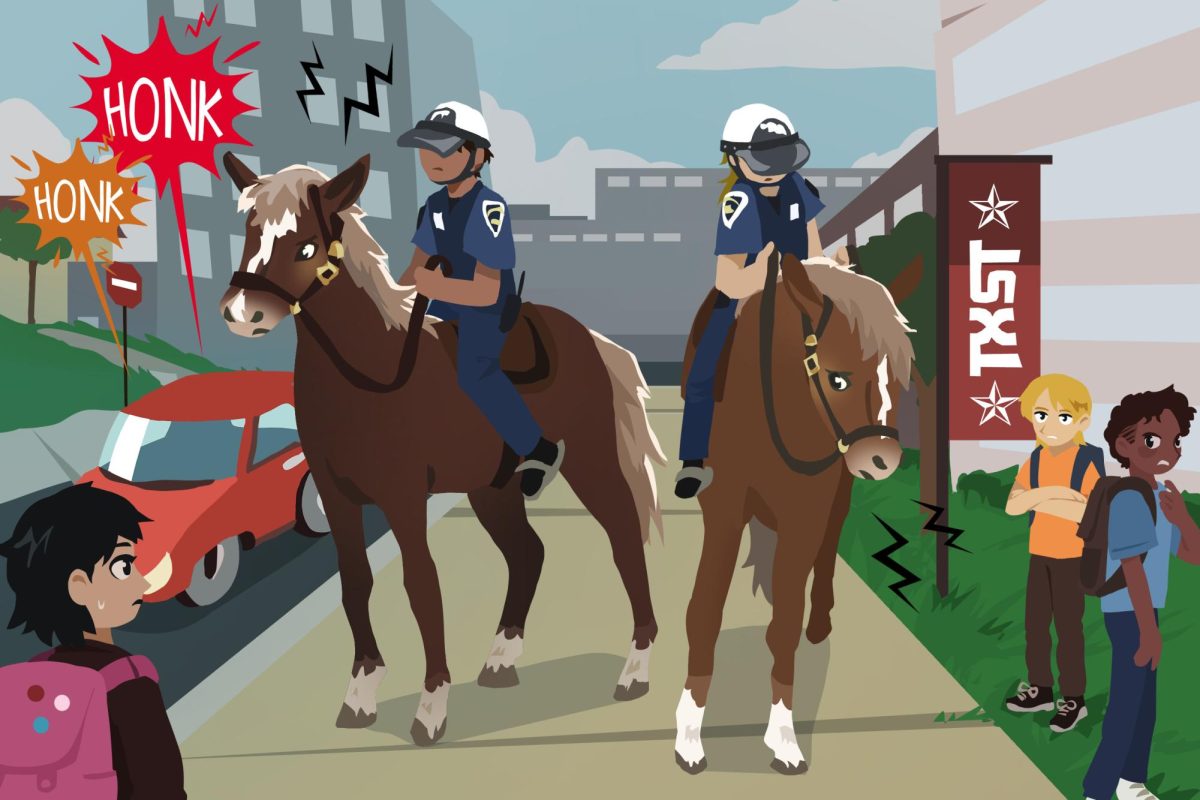The first modern food delivery service, Uber Eats, launched in 2014. Nearly a decade later, the prevalence of delivery apps has skyrocketed. Now, there are three primary services: Doordash, Uber Eats and Grubhub, which have 120 million users combined.
Out of these millions of users, 18-25-year-olds make up the bulk of the user base, according to a survey by the National Institutes of Health. College students, however, must be more aware of the problems caused by delivery services.
The first problem is the extremely high costs of food delivery for consumers. A report from The New York Times found that “markups on food deliveries were up to 91% more than what you would pay if you bought the meal directly from the restaurant.”
These markups happen due to the variety of costs for services, such as the delivery fee or the tip for one’s driver. In addition, many restaurants, such as Chipotle, have started increasing prices for items ordered via delivery services.
However, these apps do not just cause problems for users. The restaurants, in particular, are also facing issues. The most glaring problem comes from the commission fee for each order to restaurants by delivery services. These fees, typically between 15% to 30% of an order, can be lethal in an industry infamous for its thin profit margins.
Many restaurant owners have turned to creating businesses with ghost kitchens to utilize delivery services. Ghost kitchens are restaurants that only sell food via delivery services, with no physical storefront outside the food-prep area.
Because they lack a storefront, ghost kitchens can run several restaurant brands or concepts out of the same location. In his investigation of ghost kitchens within L.A., YouTuber Eddy Burbank found one ghost kitchen where “44 restaurants… all share [one] address.” Despite their advantages for business owners, these kitchens can be incredibly dangerous to the consumer.
The risks of ghost kitchens come from their lack of transparency. Outside of looking up a restaurant’s physical location, customers have no tools to differentiate ghost kitchens from regular restaurants on delivery apps. This is important because traditional restaurants are required to display proof of health inspections at the front of their stores. Ghost kitchens, which only sell via delivery services, add a layer of difficulty to this process.
In a report on the prevalence of ghost kitchens in the Austin area, KXAN stated that “it’s not as easy for customers to learn whether a virtual vendor complies if they only know the name listed on their app.” Some restaurants with low health scores have been able to rebrand as alternative concepts on delivery apps as a means to continue sales despite poor sanitation. These ghost kitchens and their health risks only exist because of delivery apps.
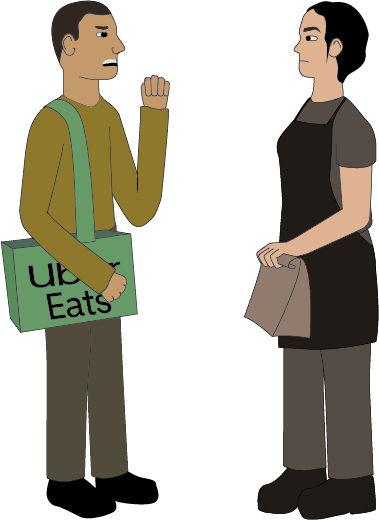
The drivers for delivery apps are also negatively affected by the services they work for. Delivery services, such as Doordash, claim that their drivers can be their own boss by “[deciding] when, where and how much [they] work” and “choose whether or not to accept orders.” While partially true, these statements do not tell the entire story of being a delivery driver for an app.
A report by Mashed found that “delivery drivers are considered independent contractors… and [therefore] do not have access to unemployment or health insurance.” Drivers are also forced to pay out of pocket for gas or catering bags, which adds more costs to an already risky job. Students, thankfully, can help drivers by always tipping as much as possible.
Granted, there are some benefits that delivery services do provide. Students with demanding schedules can sign up for these services to make extra money without the hassle of working for an established business. In addition, these services allow for a greater variety of delivery options when individuals cannot travel.
Regardless, delivery apps have affected almost all aspects of the service industry, and the positives do not outweigh the negatives.
-James Phillips is an international relations junior
The University Star welcomes Letters to the Editor from its readers. All submissions are reviewed and considered by the Editor-in-Chief and Opinions Editor for publication. Not all letters are guaranteed for publication.











